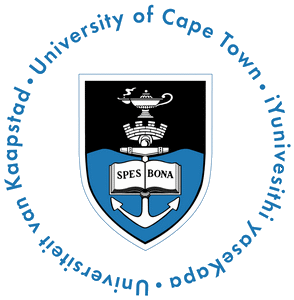The Project

E.B.E.
|
EEE3074W:
Embedded Systems
The Project
|

E.B.E. |
| Details | Labs and Project | Outcomes and Syllabus |
Scope: This page tells you
about the subsystem prototype project done in EEE3074W.
In EEE3074W,
students work on just one project. But, the project runs for almost the
entire length of the course, and is done in parallel with lectures and
laboratory practicals. The project is divided into four main parts,
each of which involve milestones that must be delivered by a specific
date. The following sections describe each part of the project. The
last section (Other Aspects) provides
additional detail about project-wide issues.
Each member should be responsible for two models and they should be initialed by the author. The group is jointly responsible for use case diagrams and a circuit diagram, of which a sample can can be submitted in an entirely rough and ready form. The other diagrams should be done on computer.
You may want to start developing prototype code (see Part C), and an initial circuit diagram to help refine the models. Neither the circuit diagram, not any code will be marked for this milestone; however an initial circuit diagram needs to be submitted so that I can review it.
Modeling should not be done entirely in
isolation; that is not the idea. The intent is that you should agree
on functionality in the group, perhaps developing rough versions in
the meeting; but the final, more refined version should be drawn up
on computer individually; and will be marked separately from the
group submission. Do not go into excessive depth in the
modeling; time is very limited; you should rather focus on modeling
important aspects of the subsystem, connections to the rest of the
system, especially including refinements for developing the
prototype. Timing and other important QoS requirements should be
indicated in the relevant RT-UML diagrams. Class stereotypes (e.g.
Entity, Control and Boundary) should be indicated. The models to submit
are listed in Part B: Modeling Requirements.
All teams have a shared repository in the /REPOSITORY/Project/TEAMn directory, where n is the number of your team. You should keep the MASTER files for your project under the MASTER directory in your repository. Start by putting your initial version of the concept slides in directory MASTER/Concept.
The project leader is required to keep logs of important decisions made by the team, and major tasks that team members have worked on (the project leader should include the activity of project management and log keeping as an one of these tasks). All team members are recommended to keep a log book of what they worked on and how long they worked for, so that they can demonstrate more conclusively what work they have done should a situation arise where this information is needed.